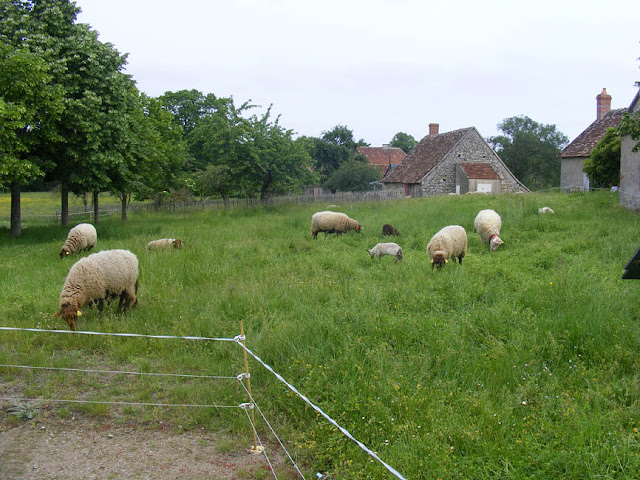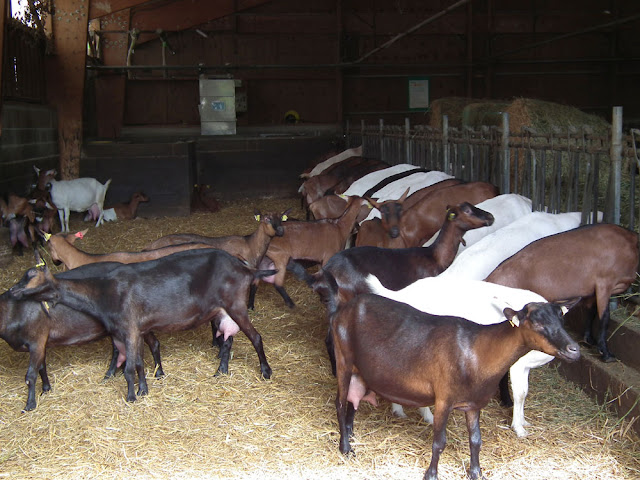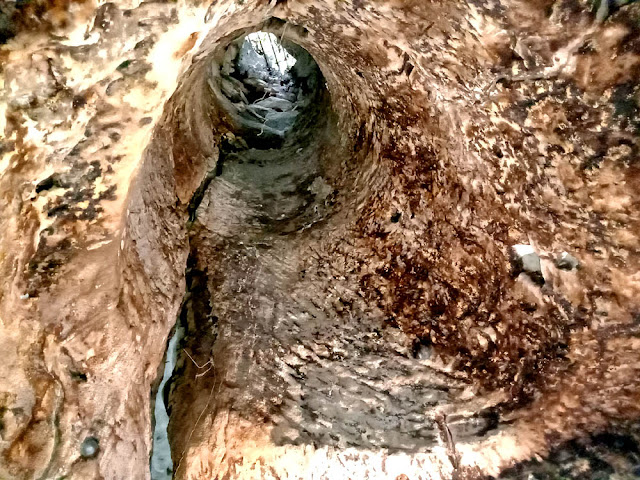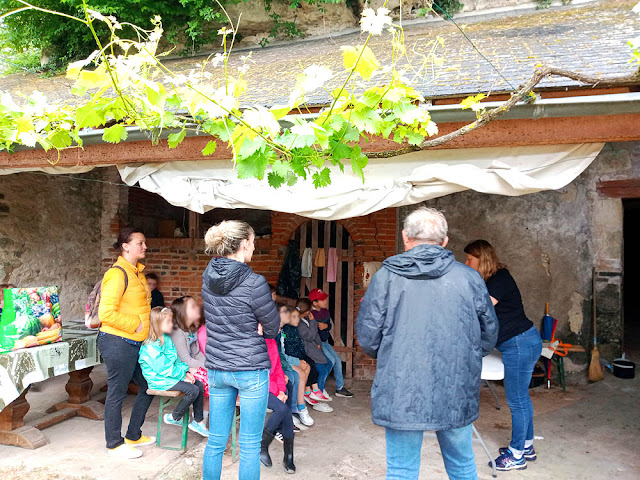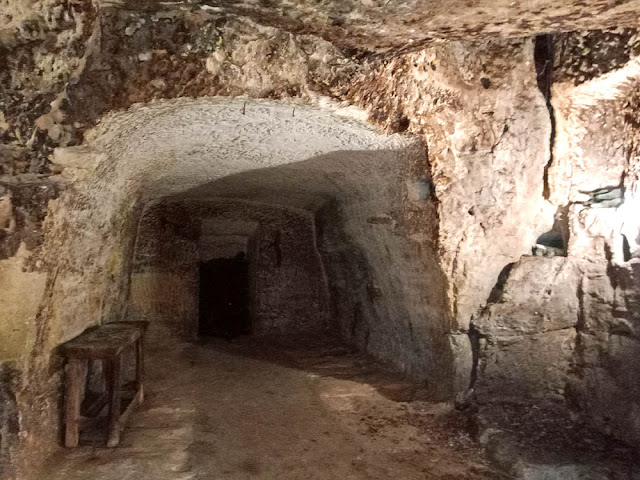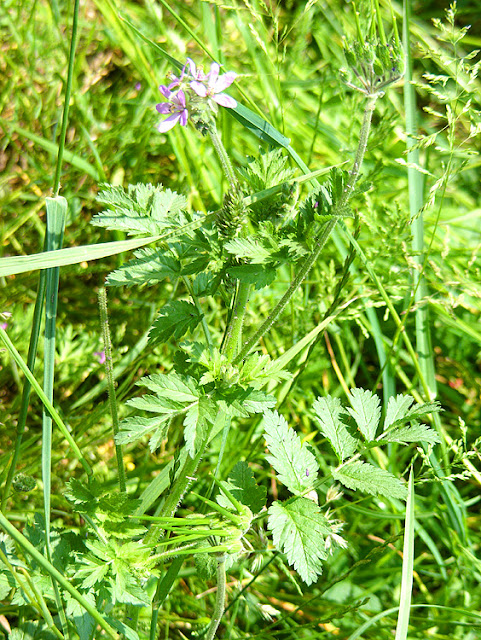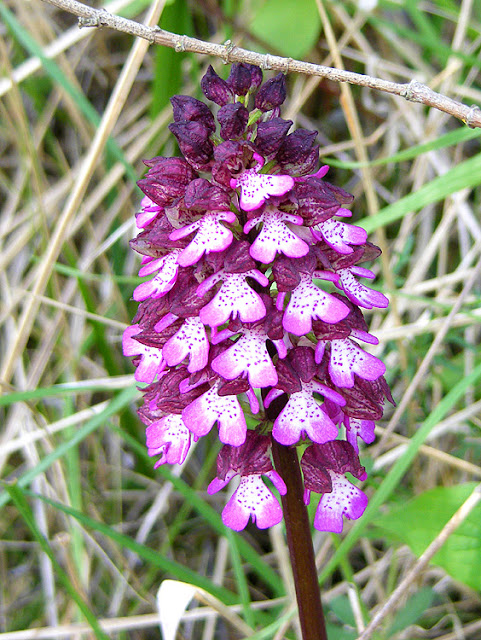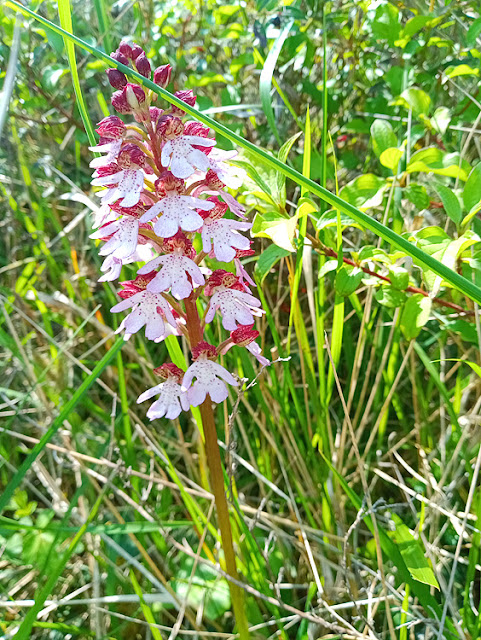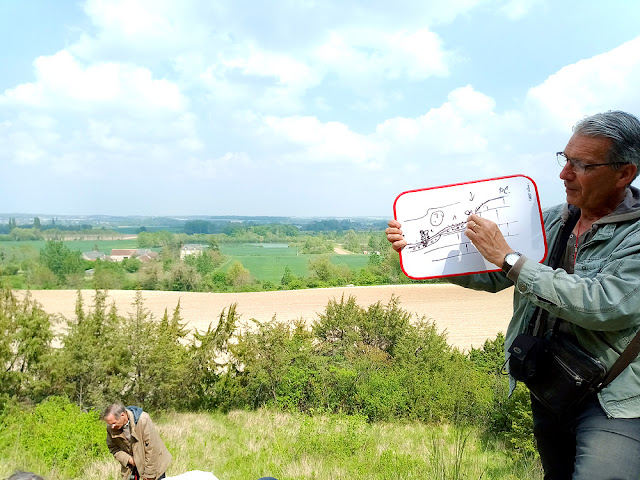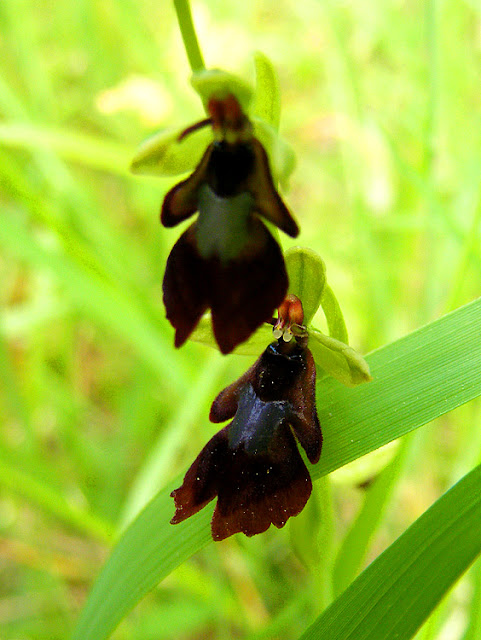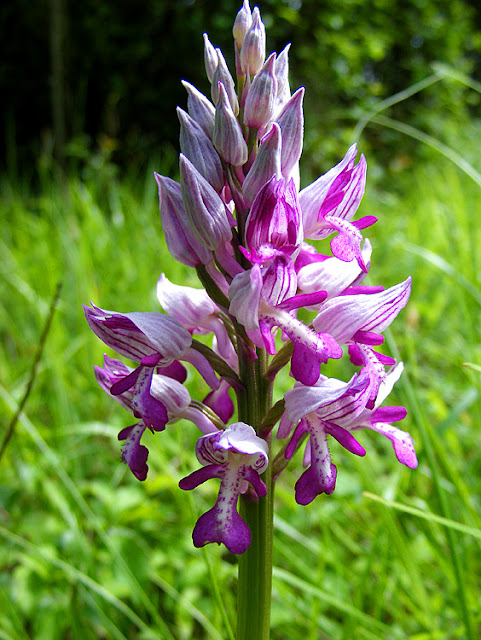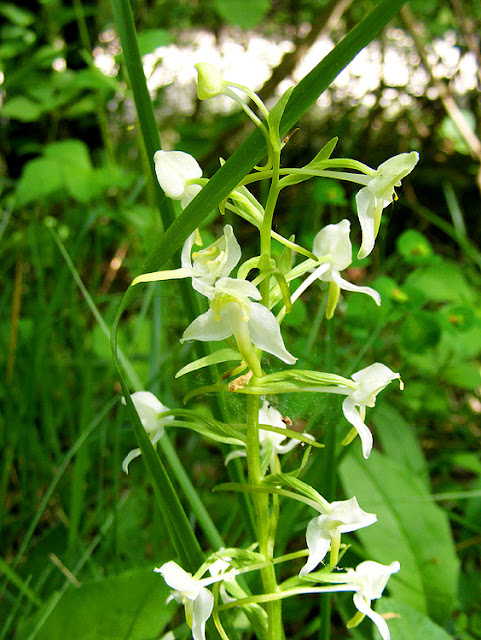Before there were pruneaux d'Agen there were pruneaux de Tours. Pruneaux are prunes ie dried plums. Nowadays the town of Agen in Aquitaine, south-west France, is famous for them, but up until 1970, it was the small oval yellow oven dried whole Saint Catherine plums from around Tours that were the most highly regarded product. Sometimes other small local plum varieties such as Damas de Tours or Rochecorbon (also known as Diaprée rouge) were used. Then in the spring of 1970 there was a tremendous frost which almost entirely wiped out the orchards in the Touraine and production of pruneaux de Tours ceased.
 |
Sainte Catherine plums in our orchard.
|
I learnt all this because my friend Christian has a plum drying oven in his troglodyte cave. It is missing the platform on which the plums would have been arranged on racks to dry, and under which a fire would have been lit. The old Tourangeau variety Saint Catherine plums are still widely grown in domestic orchards in the Touraine. We have two in our orchard, but they are no longer a commercial variety.
Plums used to do very well in this area, but many people, like us, haven't had a decent crop for several years now due to frost and dry. In the days when there was an over supply most years, drying the plums was one of the most practical ways of preserving them. After all, there is only so much jam one can eat, and what else does one do with plums to preserve them in the days before refrigeration?
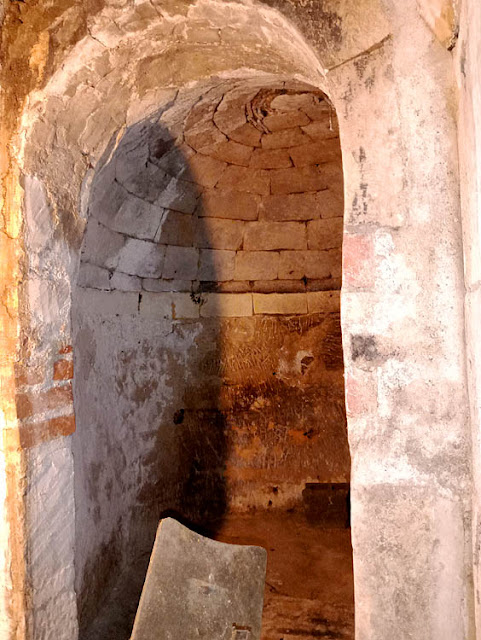 |
Interior of Christian's prune drying oven.
|
Pruneaux de Tours were eaten with goats cheese (of course!), as something to nibble with an aperitif, used to make tarte aux pruneaux, or combined with pork in a traditional Tourangeau dish.
Sainte Catherine plums are ripe in August, and the production of pruneaux de Tours dates from before the 16th century, when Rabelais writes about it. In the 17th century they were all the rage in Paris, and later shipped up and down the Loire to be exported beyond France. The First World War caused a great decline in their production, due to lack of agricultural labour, the appearance on the market of Agen prunes and Californian imports, and changing agricultural practices. By 1930, the village of Huismes, near Chinon, was the last place producing genuine pruneaux de Tours.
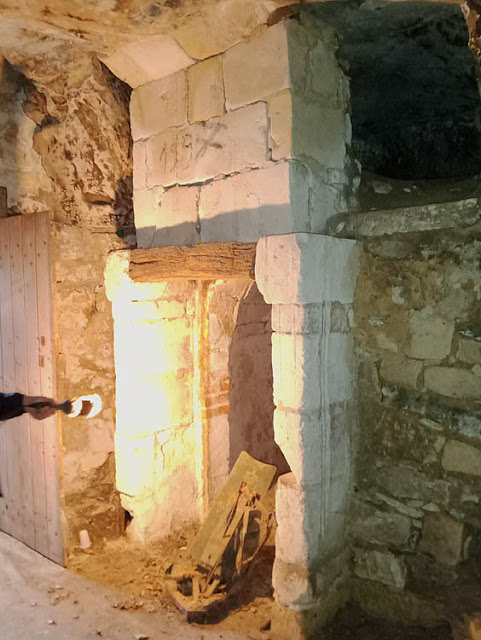 |
Exterior of Christian's prune drying oven.
|
There are some well preserved prune drying ovens at Huismes, and in the early 20th century there was 80 000 tonnes of plums harvested annually in the area around Chinon. A typical orchard was 6 or 7 hectares, with 100 plum trees producing a tonne of dried fruit per year, from 8 ovens.
To process the plums they were first laid in locally made wicker baskets. They were then heated and cooled successively five or six times, over a blackthorn or gorse fire. They were done when the prunes were covered with a fine white powder which was formed by the dessication and deposit of flavour elements in the prunes. It is this bloom, known as 'pruneau fleuri', which made the pruneaux de Tours special.
These days commercial plum orchards are rare in the Loire Valley, but you can still occasionally buy a product labelled 'pruneaux de Tours'. However, the plums have been imported from California, and the product is now specifically a prune filled with almond paste to be eaten as a rather upmarket snack.
